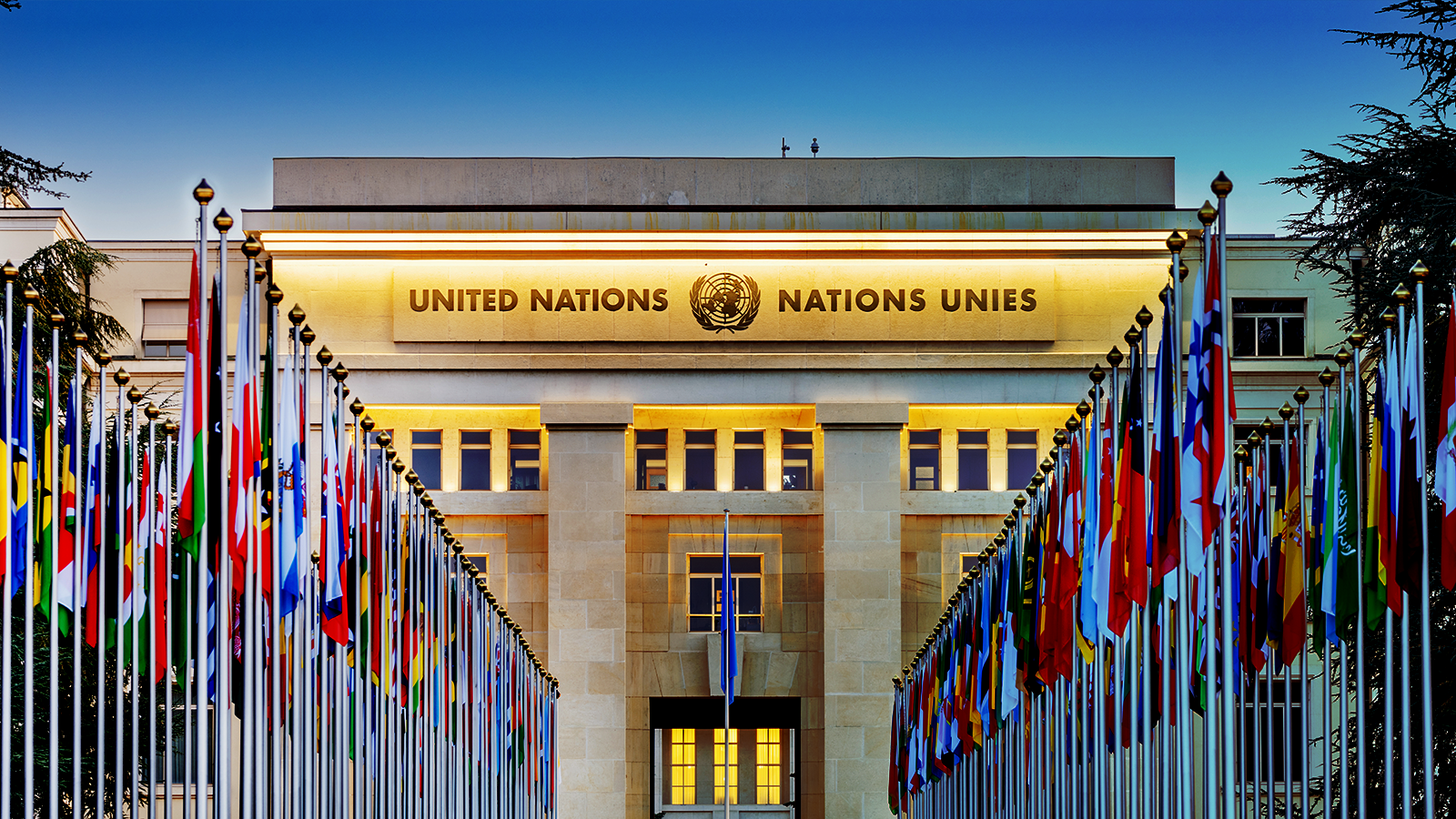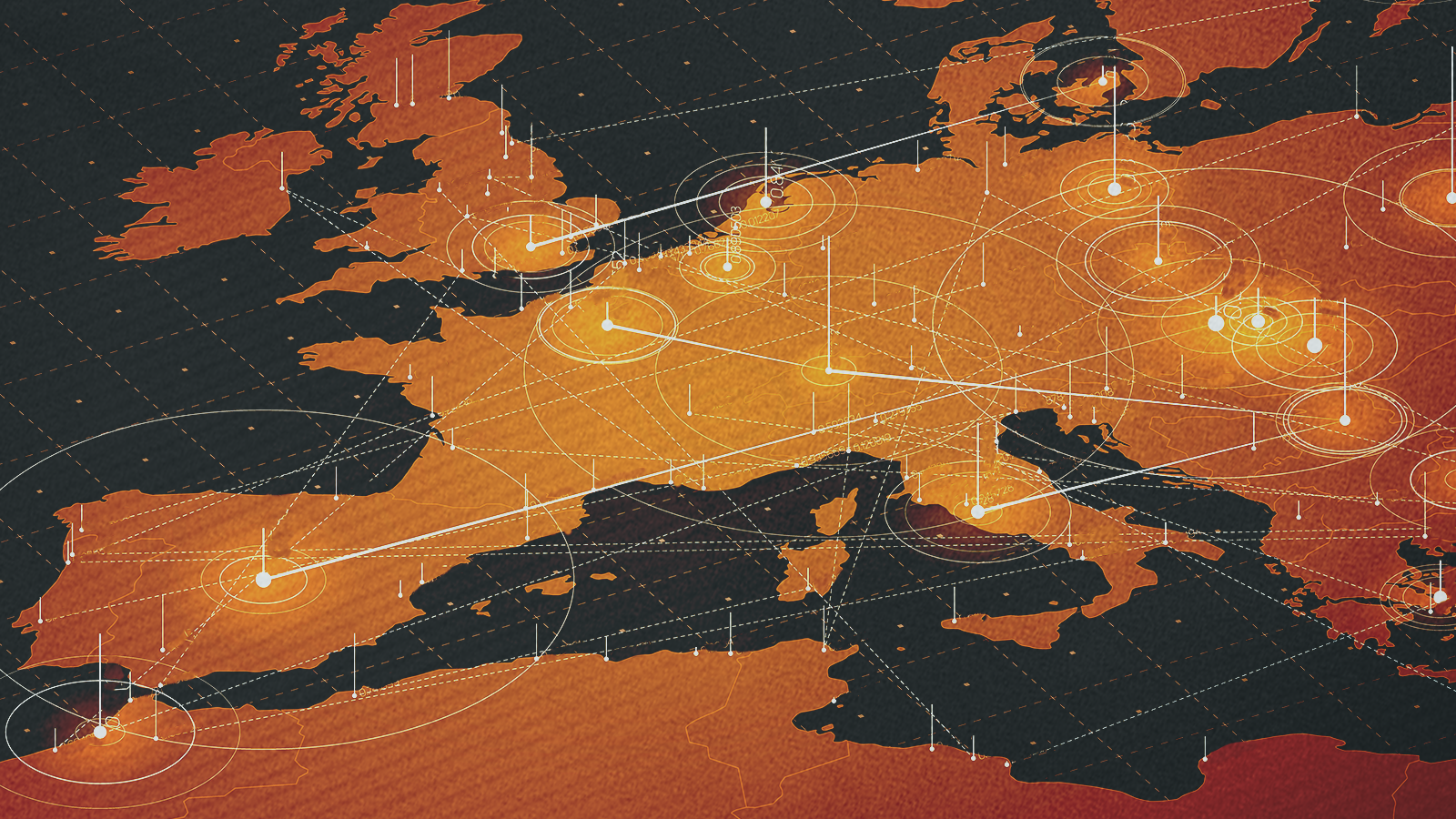This piece, originally published August 29, has been updated.
The United Nations has reimposed sanctions on Iran over its nuclear program, after negotiations this year failed to produce a new agreement. The European Union followed on Monday by reimposing a number of restrictive measures of its own.
France, Germany and the U.K. had started a 30-day countdown to a “snapback” of sanctions in late August, when they notified the UN Security Council that Iran was in “significant” violation of the Joint Comprehensive Plan of Action (JCPOA), the 2015 nuclear deal. The Security Council rejected a late proposal by China and Russia last week to delay the snapback measures, which went into effect Saturday.
Iran’s nuclear program “remains a clear threat to international peace and security,” the three European countries had said in a statement in August. Officials vowed to “use the 30-day period to continue to engage with Iran,” but no deal emerged during the UN’s recent General Assembly.
The UN and EU moves represent the latest international escalations against Iran this year, following the Trump administration’s renewal of its “maximum pressure” sanctions campaign and June bombings of Iran by the U.S. and Israel.
Here’s a quick rundown on the snapback move, what has followed and what it means.
That means the UN and EU measures look set to further squeeze an Iranian economy that is already struggling.
What the UN measures do:
But the U.S. ramped up sanctions on Iran and its facilitators this year in an effort to force negotiations, which began in April.
The EU and U.K., for their parts, have targeted not just Iranian military officials and branches but also news outlets such as Tasnim and Press TV, as well as private companies involved in surveillance efforts inside the country. Like the U.S., they have also targeted Iranian airlines and companies for their support of Russia's military build-up.
Of note: The snapback’s initiation came less than two months after the U.S. lifted its longstanding sanctions on Syria, a regional neighbor to Iran. The old Syrian regime, under Bashar al-Assad, had been a key Iran ally.
Now, leaders will see whether the onset of the actual measures can.
More from the Kharon Brief on Iran:
The United Nations has reimposed sanctions on Iran over its nuclear program, after negotiations this year failed to produce a new agreement. The European Union followed on Monday by reimposing a number of restrictive measures of its own.
France, Germany and the U.K. had started a 30-day countdown to a “snapback” of sanctions in late August, when they notified the UN Security Council that Iran was in “significant” violation of the Joint Comprehensive Plan of Action (JCPOA), the 2015 nuclear deal. The Security Council rejected a late proposal by China and Russia last week to delay the snapback measures, which went into effect Saturday.
Iran’s nuclear program “remains a clear threat to international peace and security,” the three European countries had said in a statement in August. Officials vowed to “use the 30-day period to continue to engage with Iran,” but no deal emerged during the UN’s recent General Assembly.
The UN and EU moves represent the latest international escalations against Iran this year, following the Trump administration’s renewal of its “maximum pressure” sanctions campaign and June bombings of Iran by the U.S. and Israel.
Here’s a quick rundown on the snapback move, what has followed and what it means.
The details
The JCPOA had lifted UN, U.S. and EU sanctions on Iran in exchange for limits on its nuclear program. But the U.S. has imposed an ongoing slate of its own sanctions on Iran since it withdrew from the JCPOA in 2018, including measures on Wednesday targeting its weapons procurement networks. (Read more on the United States’ sanctions on Iran below.)That means the UN and EU measures look set to further squeeze an Iranian economy that is already struggling.
What the UN measures do:
- Re-add sanctioned individuals and entities to the UN Consolidated list, subjecting them to asset freezes and travel bans.
- Place restrictions on Iranian ballistic missile development.
- Place an embargo on the transfer of various arms and weapons systems to Iran, including tanks and aircraft.
- Place restrictions on the Islamic Republic of Iran Shipping Lines (IRISL), Iran’s national, state-owned shipping line. The U.S., EU, U.K. and Switzerland, however, had already sanctioned IRISL themselves.
- Place restrictions on the Islamic Revolutionary Guard Corps—which had been heavily sanctioned already as well—along with many of the units under it.
- Ban imports of Iranian crude oil and petrochemical products, as well as related services
- Reimpose sanctions on the Central Bank of Iran and of “major Iranian commercial banks.”
- Block Iranian cargo flights’ access to EU airports
- Ban the sale of key equipment used in the energy sector, certain naval equipment, precious metals and software
What global leaders said
From the West:- “We call on Iran to refrain from any escalatory action, immediately engage in direct talks with the United States and make demonstrable progress towards fully meeting its nuclear non-proliferation obligations,” G7 ministers and the EU’s high representative said in a joint statement Wednesday.
- In his own statement, Secretary of State Marco Rubio said that the snapback “sends a clear message: the world will not acquiesce to threats and half measures – and Tehran will be held to account.” He added that a new nuclear deal “remains the best outcome for the Iranian people and the world. … Absent such a deal, it is incumbent on partners to implement snapback sanctions immediately in order to pressure Iran’s leaders to do what is right for their nation, and best for the safety of the world.”
- Iranian officials have been mostly quiet publicly since the snapback took effect. But Iran’s minister for foreign affairs, Abbas Araghchi, said last week at the UN that the United States and the three European countries that triggered the snapback “have actively and intensely paved the way for dangerous escalation.”
- “The move is an action against diplomacy, not a chance for it. Diplomacy with Europe will continue,” a senior Iranian official had told Reuters in August, but “Iran will not concede under pressure.” Araghchi reiterated that stance at the UN.
- “We had hoped that European colleagues and the U.S. would think twice and they would opt for the path of diplomacy and dialogue instead of their clumsy blackmail, which merely results in escalation of the situation in the region,” Russia’s deputy ambassador to the UN, Dmitry Polyanskiy, said last week.
- The U.S. this year has notably sanctioned multiple Chinese independent “teapot” oil refineries for buying more than a billion dollars in Iranian crude.
- Russia’s “shadow fleet” of oil tankers, meanwhile, is interwoven with Iran’s, as the Brief covered in February.
State of play
Iran has long been a no-go zone for business in much of the West regardless of UN sanctions; the Iranian Transactions Sanctions Regulations (ITSR) prohibit the export or re-export of any goods by U.S. persons to Iran, directly or indirectly.But the U.S. ramped up sanctions on Iran and its facilitators this year in an effort to force negotiations, which began in April.
- The two sides have not met since Israel and the U.S. attacked Iranian nuclear sites in June, after which Iran suspended its cooperation with the UN’s nuclear watchdog.
The EU and U.K., for their parts, have targeted not just Iranian military officials and branches but also news outlets such as Tasnim and Press TV, as well as private companies involved in surveillance efforts inside the country. Like the U.S., they have also targeted Iranian airlines and companies for their support of Russia's military build-up.
Of note: The snapback’s initiation came less than two months after the U.S. lifted its longstanding sanctions on Syria, a regional neighbor to Iran. The old Syrian regime, under Bashar al-Assad, had been a key Iran ally.
What’s next
The threat of a sanctions snapback was a prominent piece of leverage that the West held over Iran in its pursuit of a nuclear program, but that threat itself didn’t deliver a diplomatic breakthrough.Now, leaders will see whether the onset of the actual measures can.
More from the Kharon Brief on Iran:







